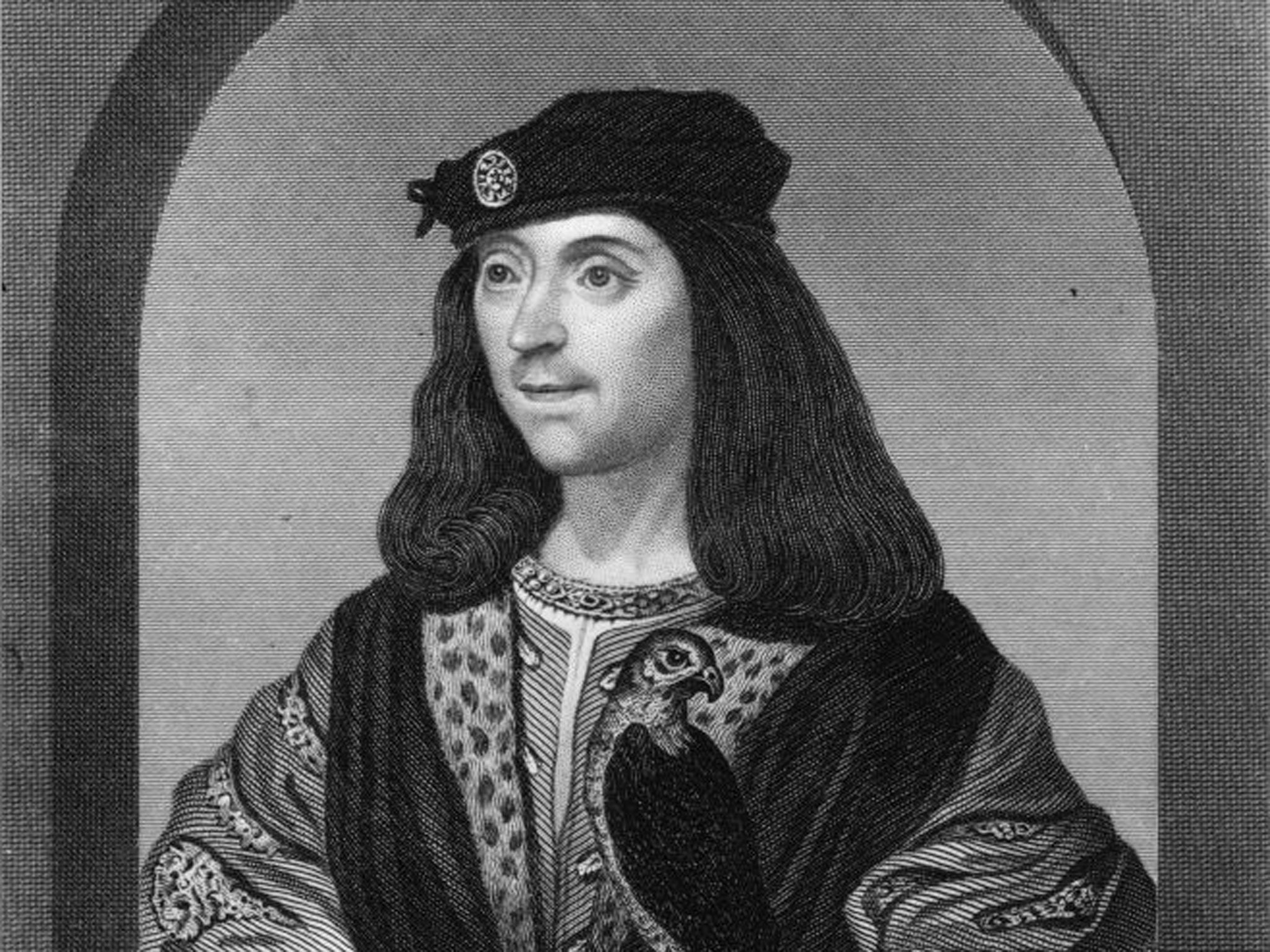A wee bit of Scotland in the heart of Surrey: Flodden 1513 Club to mark James IV's final resting place
A plaque at the Royal Mid-Surrey Golf Club will mark the burial spot of the last king to be killed in a British battle, 500 years ago

Your support helps us to tell the story
From reproductive rights to climate change to Big Tech, The Independent is on the ground when the story is developing. Whether it's investigating the financials of Elon Musk's pro-Trump PAC or producing our latest documentary, 'The A Word', which shines a light on the American women fighting for reproductive rights, we know how important it is to parse out the facts from the messaging.
At such a critical moment in US history, we need reporters on the ground. Your donation allows us to keep sending journalists to speak to both sides of the story.
The Independent is trusted by Americans across the entire political spectrum. And unlike many other quality news outlets, we choose not to lock Americans out of our reporting and analysis with paywalls. We believe quality journalism should be available to everyone, paid for by those who can afford it.
Your support makes all the difference.The fairway of a Home Counties golf course may not be the most fitting place for a king's last resting place, but then it is slightly better than an East Midlands car park (apologies to Richard III) – and the land is regally owned. The fairway in question can be found at the Royal Mid-Surrey Golf Club in Richmond, Surrey, and the body is reputedly that of James IV of Scotland, the last king to be killed in battle in Britain.
Now, on the eve of the 500th anniversary of the fateful Battle of Flodden in which the king perished, members of the Flodden 1513 Club, from Coldstream in the Scottish Borders, have arranged to mark his grave with a commemorative plaque on the 14th tee – an ironic twist given the dead king's grandfather, James II, banned the sport in 1457 for being "dangerous and a nuisance".
How the course, which is on land owned by the Queen, came to be the dead monarch's final home is shrouded in mystery. He was defeated and killed at Flodden Field in Northumberland in 1513, along with 10,000 of his fellow Scots, in one of the biggest and bloodiest battles ever fought between the two nations.
After the battle, King James IV's body was taken to Sheen Priory in Richmond, Surrey, where it remained until the dissolution of the monasteries later in the 16th century. Thereafter events become more murky, with rumours that his head was used as a football by some Elizabethan workmen. With no historical record of his body being buried, the plaque simply states: "Dedicated to James IV, King of Scots, who fell at the battle of Flodden, 1513, and whose remains were last seen here in the Carthusian monastery of Sheen."
While a series of solemn events to commemorate the battle are being held on both sides of the border, a more light-hearted approach is being taken by the golf club, which plans to pit its Scottish and English members against one another in a match.
Less than a century after King James IV died, England and Scotland were united by his great-grandson, James VI, who succeeded Elizabeth I to the throne and became James I of England.
Gerald Tait, secretary of the Flodden 1513 Club, said: "James IV's body is likely to be lost for ever so this wee monument is a bit of Scotland in England. The golf club is a royal one so they were delighted to have something else royal."
The Scottish National Party did not respond to requests for a comment on whether it would like to see the remains of King James IV repatriated to Scotland. But according to Dr Tony Pollard of the Centre for Battlefield Archaeology at Glasgow University, the lack of historical evidence means it "truly would be a wild goose chase".
Join our commenting forum
Join thought-provoking conversations, follow other Independent readers and see their replies
Comments